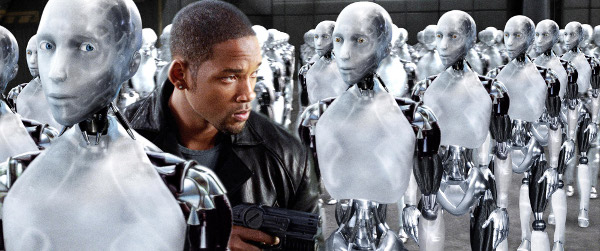
CIOs face a decision over how to take advantage of emerging digital trends like the Internet of Things (IoT) and wearable technology, according to Gartner.
IT departments must choose between letting other parts of the business lead on such technologies, which do not resemble the traditional infrastructure IT is used to managing, and taking responsibility themselves, according to the analyst firm.
VP and Gartner Fellow, Hung LeHong, said: "CIOs may hesitate to make digital business technologies part of IT’s responsibilities, because these technologies are operations-focused and emerging in nature.
"[But] many companies are looking to digital business technologies as their next source of competitive advantage. CIOs should have an opinion, and should participate in innovating and in testing the business cases for these technologies in the early stages.
"There is too much at stake — in both business value and technology investment – for CIOs to stay in the margins."
Gartner has identified six areas it believes have the potential to change the way businesses work, and will require CIOs to make a decision.
IoT
Gartner believes the IoT will create tensions between operations, product development and IT. Consumer-centred IoT (such as the connected home) has few legacy deployments and therefore, CIOs can get in on the ground floor, influencing outcomes and contributing to the technology selections.
CIOs will need to approach industry-focused IoT with a lighter hand, because there is likely to be a pre-existing body of technology invested over many years.
3D Printing
This technology should not be underestimated by CIOs, warned Gartner. Its potential could be limited to transforming the nature of the manufacturing industry, or could extend to affect global trade by eliminating logistical requirements like shipping products.
Wearable tech
CIOs must set clear policies for employees looking to bring their own wearable devices, covering human, legal, social and ethical issues, said Gartner. But wearable tech has the ability to improve employee effectiveness, safety and health, it added.
Robots
The business case for robots that can carry out specific tasks should not just be viewed as a labour-saving cost, according to Gartner. The analyst house instead pointed towards benefits such as less downtime, increased safety, higher efficiency and less machine wear.
Cognitive machines
These machines are able to make decisions it was previously thought only humans had the capacity to make, such as interacting with customers and handling their requests.
CIOs should not look at these machines as replacement for human employees, but how they can complement the existing workforce, said Gartner. For instance, they could help doctors diagnose illnesses and confirm treatment plans.
Cybersecurity
CIOs cannot take on any new technologies without bearing in mind their cyber security requirements, pointed out Gartner. It claimed that digital technologies will soon be used in physical security infrastructure in the same way it will be used in IT security infrastructure, boosting collaboration between IT security staff and physical security staff.






